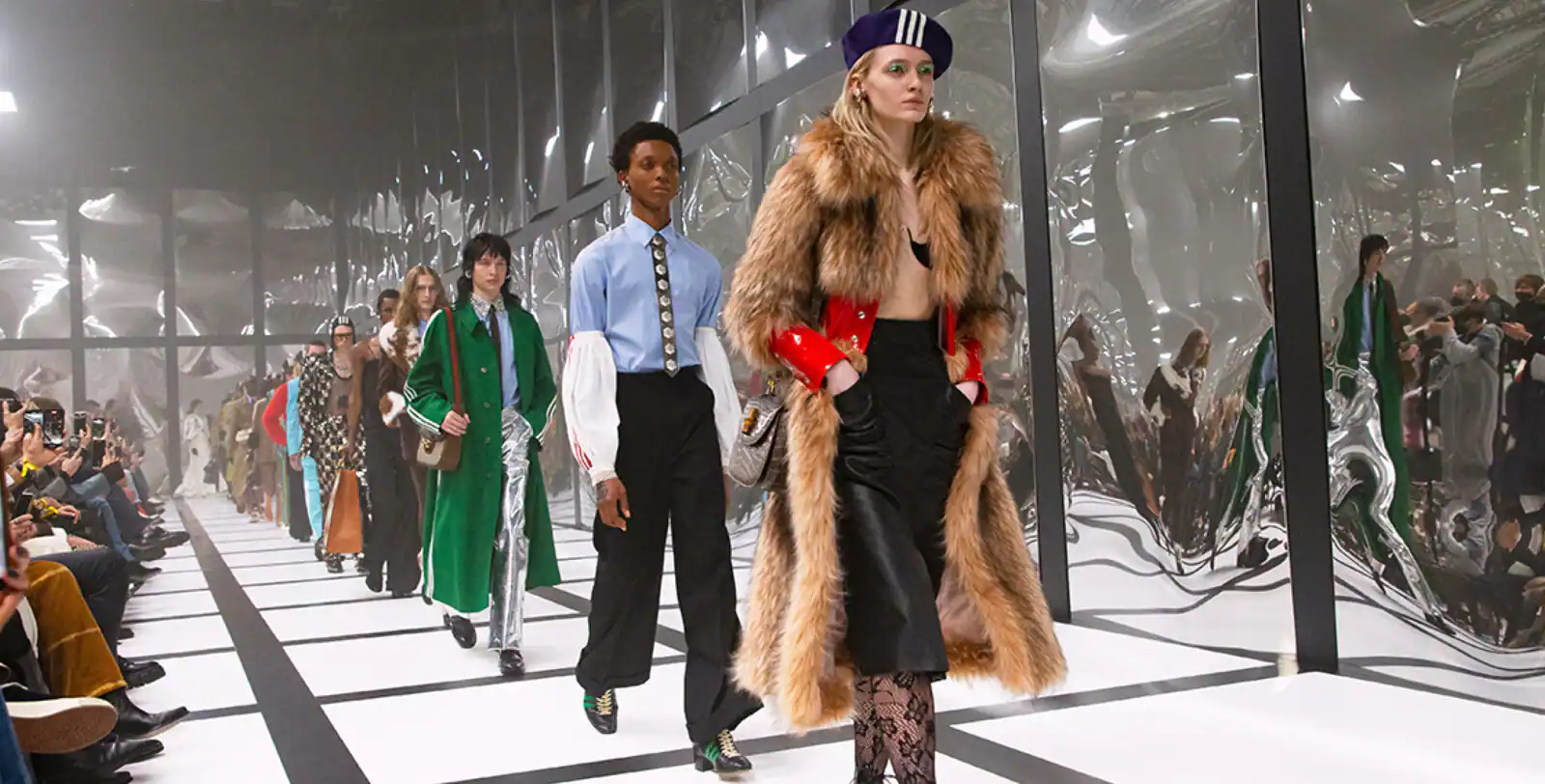The year 1956 was the year of a big fashion explosion. Designers from all over the world began collaborating, and designers from the United States gained a greater presence than ever before. New fabrics and synthetic materials opened up new possibilities in mass-produced clothing. Strong consumer spending and strong films promoted new styles and looks. But there was also a lot of misinformation surrounding the new styles and designs. Here are some of the biggest mistakes made by the media in covering the 1956 fashion show.
Chanel was a big hit. Her first collection was shown to the press at the Café de Flore in St. Germain. She was a pioneer, presenting her collection outside the controlled atmosphere of the designer’s salon. A group of couturiers began showing their pret-a-porter collections before haute couture, and Yves Saint Laurent launched the trend in Paris. In Chicago, a protest group called the Little-Below-the-Knee Club began to show their collection before the haute couture shows.
While many women still wear high-cut trousers today, the style of the 1950s has changed significantly. The rise of hippie fashions prompted many men to embrace this trend. Likewise, the sex-conscious public started to take notice of the styles. The sexiest men wore leather jackets and flapper-style pants. The ’80s ‘look’ became more conservative, and women tended to wear more casual clothing.
The New Look reflected the era of high-fashion. The clothes were long and narrow, with an A-line skirt. The sexy designs were made to cover the hips and thighs. The women were forced to wear long skirts. In Chicago, the Little-Below-the-Knee Club staged a protest against the New Look. The ’50s influenced the 1960s.
The ’50s fashion trend had changed since the time of the 1950s. The New Look reshaped women’s bodies. Women no longer had to wear short skirts to keep their breasts warm. The ’50s fashion trend reflected the changes in women’s fashion. However, the New Look was still far from universally accepted, and there were a few important differences in the styles. In particular, the dresses were often made of a material which was too heavy for the modern woman.
The ’50s was a decade of feminism. At the time, women’s clothes were mostly conservative. However, there was a ‘New Look’ movement. The 1950s had no rules, and the ’50s were a time of frank, witty, and a little sexist. In contrast to today’s fashion, the ’50s were a celebration of femininity and the ’50s.
In addition to the 1950s era, the 1950s were a decade of innovation for women’s clothing. The ’50s mentality’ was reflected in the endless number of women’s shoes, including the new “New Look” in black and white. In fact, the ’50s were the most stylish decades for children. They began to adopt many of the trends that had been popular with teenagers.
The ’50s were a time of experimentation. The fashion of the 1950s was more playful than it is now. The era of the ’50s was marked by a strong sense of self-expression, which made the women more comfortable and confident. Despite the change in fashion, the ’50s were a period of great social and cultural advancement. Moreover, the ’50s marked a’stylish’ era for the young.
The ’50s were characterized by many changes. The ‘New Look’ had become one of the most widely recognizable silhouettes in the history of fashion. But the New Look was only the beginning of ’50s women’s fashion. In the following decade, the ‘New Look’ remained a popular style, and the A-line and sack dress were two other popular types of dresses. Some of these trends influenced the fashion of Japan.
Although the fashion scene had changed, the 1960s remained a time of unbridled freedom. The ‘New Look’ was the first truly independent style for the youth of the 1950s. The ‘New Look’ emphasized the freedom of expression, and the ‘Beatniks’ embraced the concept. These young people wore exaggerated, Edwardian-style clothing, and were not afraid to flaunt their unique style.
